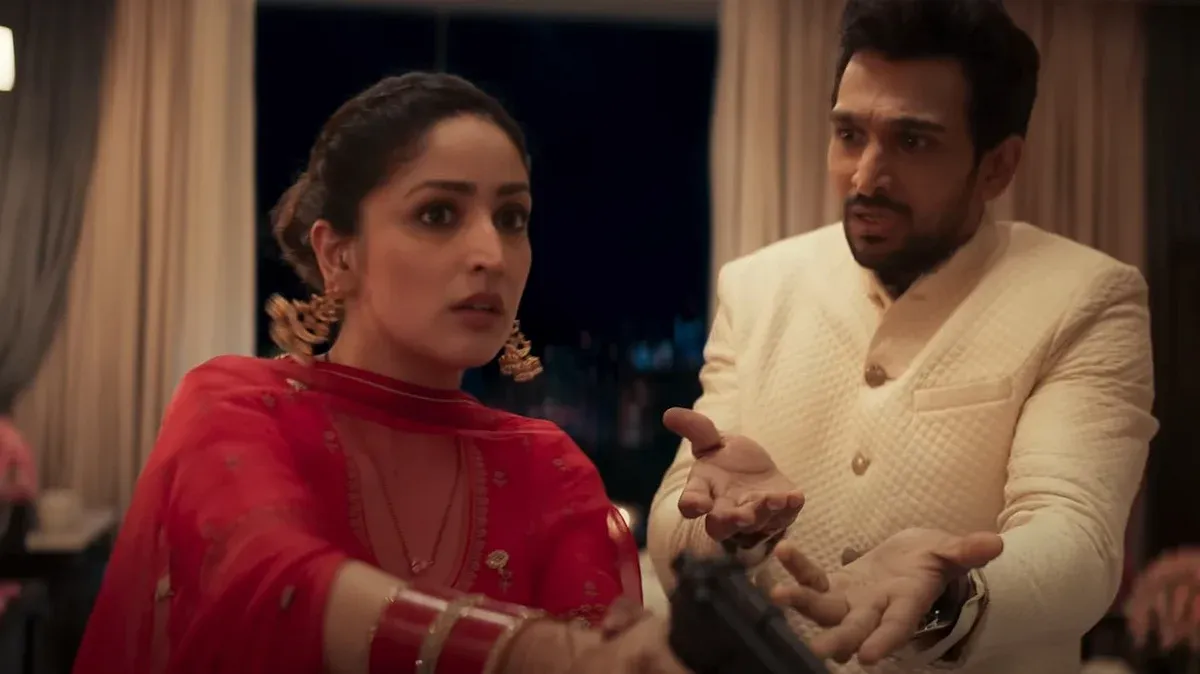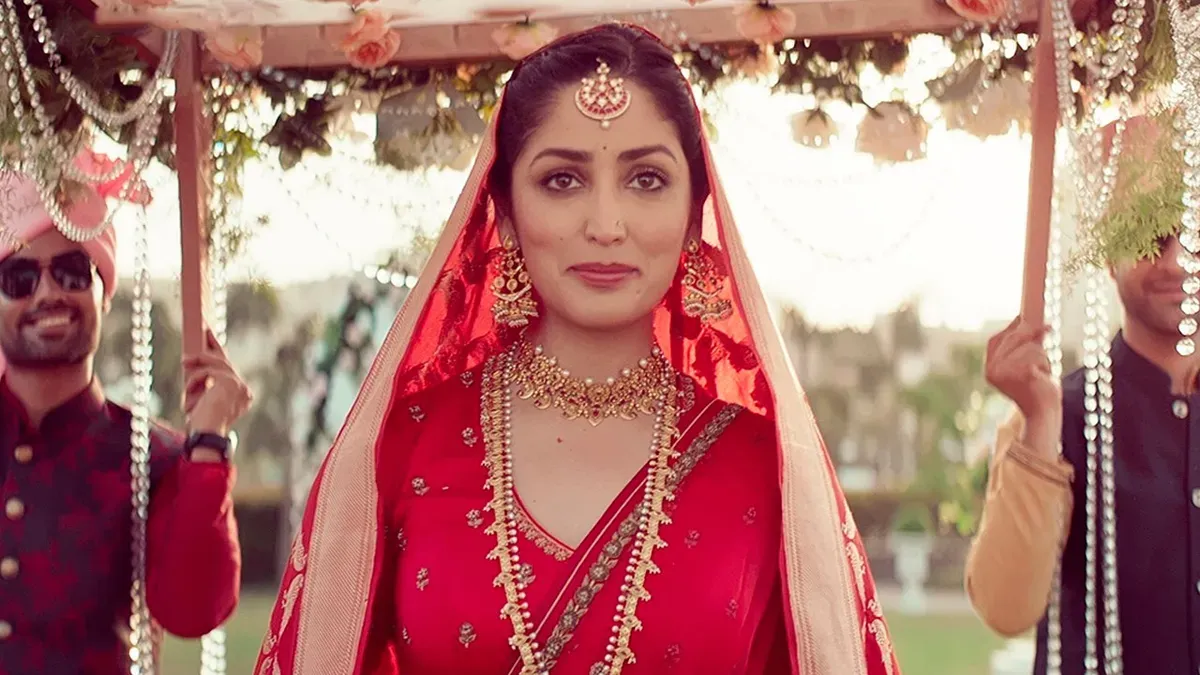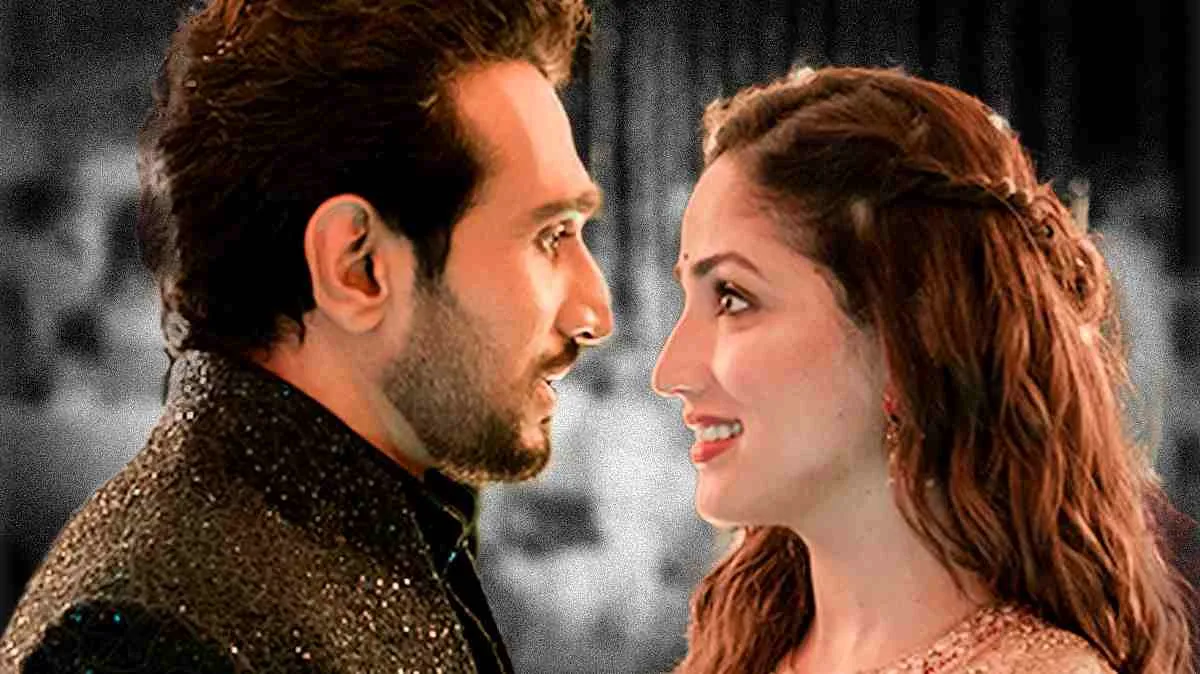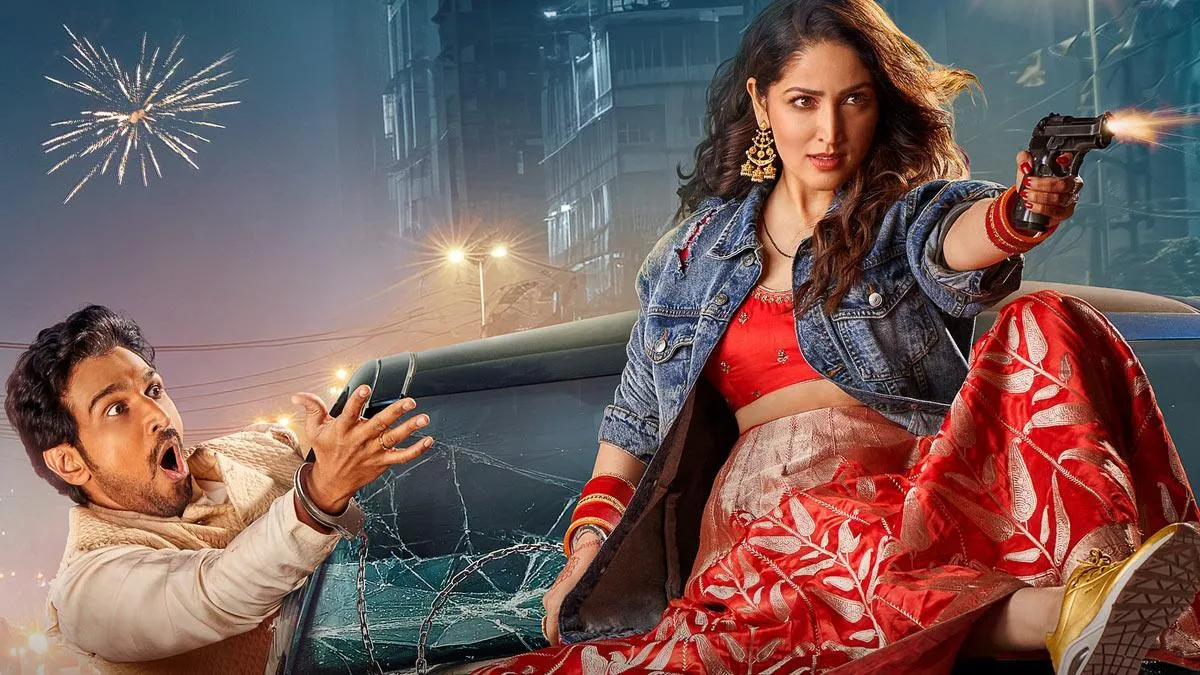“Dhoom Dhaam” is a film that draws deeply on its regional origins while offering moments that speak to viewers around the world. The narrative begins with a married couple, Koyal and Veer, whose wedding night is quickly upended by unexpected danger. This sudden twist brings to light the cultural elements of an arranged marriage in Mumbai, a setting that influences character behavior and social expectations.
The film presents its story in a manner that connects local traditions with elements of modern entertainment. For example, the familiar setting of a wedding in India is used to challenge conventional roles, as Koyal transforms from a reserved figure into someone who takes decisive action when danger arrives.
Visual storytelling techniques highlight the urban energy of Mumbai through dynamic camera work and brisk editing. These choices not only create a lively atmosphere but also emphasize the tension between tradition and the unpredictable nature of modern life.
At times, the narrative aligns seamlessly with its visual language. The interplay between fast-moving scenes and quieter moments allows the audience to absorb both the cultural context and the emotional shifts of the characters. The film’s structure invites viewers to reflect on how personal identity and social expectations are interlinked, leaving room for further thought on these enduring themes.
Plot & Storyline Analysis
The film opens with a scene that swiftly changes a seemingly ordinary wedding night into an intense sequence of events. Set initially in Mumbai, viewers observe a shift from a serene, traditional celebration to an unexpected chase that disrupts typical expectations.
The initial tranquility, framed by an arranged marriage, starkly contrasts with the sudden appearance of armed individuals and the subsequent pursuit. This tonal shift explores the interaction between cultural traditions and contemporary narrative approaches.
Pivotal moments emerge as the mystery of “Charlie” takes center stage, propelling the story forward. The film uses this element to build tension and connect a series of surprising encounters. As the couple moves through urban settings, each turn reveals more about their developing identities. The chase echoes cinematic techniques that challenge character roles and explore how cultural expectations influence personal development.
Distinctive segments emerge when the film blends romantic comedy elements with unexpected action sequences. Familiar tropes of mistaken identity and situational comedy intertwine with high-energy pursuits, creating a vibrant narrative rhythm. Characters navigate physical challenges and emotional transformations, revealing their depth under pressure.
The story’s peak heightens tension, showcasing character growth through their reactions to risk and uncertainty. The narrative synthesizes action, humor, and emotional depth, creating a multifaceted experience that invites audience interpretation of cultural storytelling and contemporary cinema.
Character Development & Performances
Koyal stands out as a central character with an assertive, confident demeanor. Her portrayal challenges traditional expectations within arranged marriage stories. She commands situations through direct, daring actions, delivering powerful speeches that expose societal pressures on women. Moments showcasing her self-determination provide insight into personal change, drawing connections with compelling characters from global cinema.
Veer starts as a reserved, traditional individual. As events descend into chaos, he confronts personal boundaries and transforms through unexpected responses. His shift, blending humor and raw emotion, creates a contrast to Koyal’s decisive character. This transformation explores personal development within a culturally specific context.
Exchanges between Koyal and Veer generate scenes rich with nuanced humor and sincere emotional depth. Their relationship unfolds during challenging moments that expose both resilience and vulnerability. A striking scene emerges during a chase sequence, where Veer’s hesitant yet genuine support for Koyal reveals an unexpected tenderness that defines his character.
Supporting characters, including determined antagonists, infuse tension while creating moments of lightness. These peripheral roles uncover additional layers of the protagonists’ experiences. Brief interactions add depth to the narrative, illuminating local social structures and enriching the dramatic landscape.
Significant moments highlight Koyal’s powerful statements and Veer’s clever exchanges, emphasizing the actors’ performances. Their interactions prompt viewers to explore personal identity and cultural constraints, creating space for reflection on character growth and social dynamics.
Direction, Writing, and Dialogue
The director sets a clear vision that mixes different styles with a confident hand. The film’s pace is well-managed, with brisk action sequences interspersed with quieter intervals that capture subtle emotional shifts.
Visual storytelling relies on careful framing and energetic editing to capture both the humor and the tension present in each scene. For example, rapid cuts during high-stakes chases contrast with lingering shots on characters’ expressions during moments of vulnerability, emphasizing the film’s rhythmic structure.
The screenplay takes familiar narrative devices and introduces variations that keep the story engaging. Regular plot mechanisms, such as the unexpected intrusion that sets the night in motion, are presented alongside surprising twists that refresh well-known storylines. These shifts help maintain interest as the unfolding events defy simple expectations while still paying homage to traditional genre elements.
Dialogue contributes significantly to the development of character and tone. The script features sharp exchanges that reveal individual motivations and societal pressures, especially in key moments where Koyal’s assertive declarations resonate on both personal and cultural levels. Veer’s humorous retorts and gradual transformation from hesitancy to self-assurance add layers to his character. Their verbal interplay underscores an evolving relationship, drawing the viewer into the film’s energetic pulse.
While some parts may feel densely packed with events, the natural flow of conversation and carefully choreographed action scenes ensure that each character’s journey is communicated with clarity, leaving room for thoughtful reflection on the film’s creative design.
Technical Aspects & Cinematic Style
The visual storytelling in “Dhoom Dhaam” communicates its chaotic narrative through creative camera techniques and sharp editing. Action sequences, especially during high-speed pursuits, use tight framing to heighten the sense of urgency. Rapid cuts and dynamic angles create an intense rhythm that echoes the characters’ emotional states during dangerous moments.
Choreographed action scenes blend thrill with unexpected humor. Car chases and physical stunts surprise viewers, incorporating comedic elements that break traditional action genre expectations. This approach offers a playful exploration of cinematic movement and storytelling.
Musical elements weave through the film, connecting energetic rhythms with softer melodic passages. The soundtrack shifts between intense beats during chase sequences and gentler tones that underscore character moments of reflection and humor.
Visual design and special effects construct a rich urban landscape that captures Mumbai’s vibrant essence. Carefully crafted backdrops and visual details create a cinematic world that blends action dynamics with cultural textures, inviting viewers into a multifaceted visual experience.
Themes, Social Commentary & Cultural Context
The story explores tensions between traditional customs and individual choices. An arranged marriage becomes a backdrop for examining cultural expectations and personal desires. Characters embody inherited cultural traits while seeking personal freedom. These interactions create comedic moments where established social roles collide with emerging identities.
Koyal emerges as a pivotal character challenging gender stereotypes. Her bold speeches and confident actions disrupt passive female representations. She provokes critical thoughts about women’s roles within family and social structures. Veer represents a gentler masculinity, gradually moving beyond rigid behavioral expectations. Their interactions reveal nuanced humor while reimagining relationship dynamics against cultural backdrops.
Family pressures and social appearances form critical narrative elements. Interactions filled with subtle comedy reflect societal pressures to conform to established patterns. The storytelling invites comparisons with regional cinema exploring similar thematic landscapes.
Mumbai’s dynamic environment provides a rich backdrop for exploring cultural transformations. The narrative weaves personal stories with broader social conversations, creating space for multiple interpretations of identity and social change.
Entertainment and Impact
The film combines high-energy action with moments of heartfelt humor, drawing viewers into a lively narrative that crosses cultural lines. Its dynamic pace, with thrilling chase scenes interspersed with lighter, character-driven exchanges, holds the viewer’s attention throughout.
The interplay of intense sequences and witty banter creates a memorable rhythm that speaks to both local traditions and global cinematic trends.
Scenes marked by unexpected humor and genuine vulnerability give a clear sense of the characters’ evolution. A particular moment where a well-timed quip lightens a tense situation not only entertains but also adds depth to the unfolding drama. This careful balance encourages repeat viewings, as subtle details and cleverly written interactions offer fresh insights with each watch.
The film’s capacity to mix entertaining spectacle with social commentary makes it accessible to a wide range of audiences. Its approach to storytelling invites comparisons with works from different cultural traditions while carving its own space in the genre. The result is an experience that leaves viewers considering the nuances of identity and modern relationships, framed against an urban backdrop that is as energetic as it is reflective.
The Review
Dhoom Dhaam
Dhoom Dhaam delivers a lively mix of action, humor, and thoughtful commentary on modern relationships. It blends familiar cultural themes with contemporary storytelling, engaging audiences with dynamic sequences and compelling character arcs. While certain twists lean toward predictability, the film remains an entertaining caper that sparks conversation.
PROS
- Engaging action sequences
- Clever humor
- Strong cultural references
- Dynamic performances
CONS
- Predictable plot twists
- Occasional forced exposition





















































